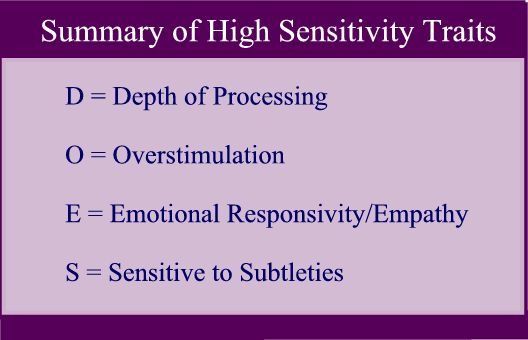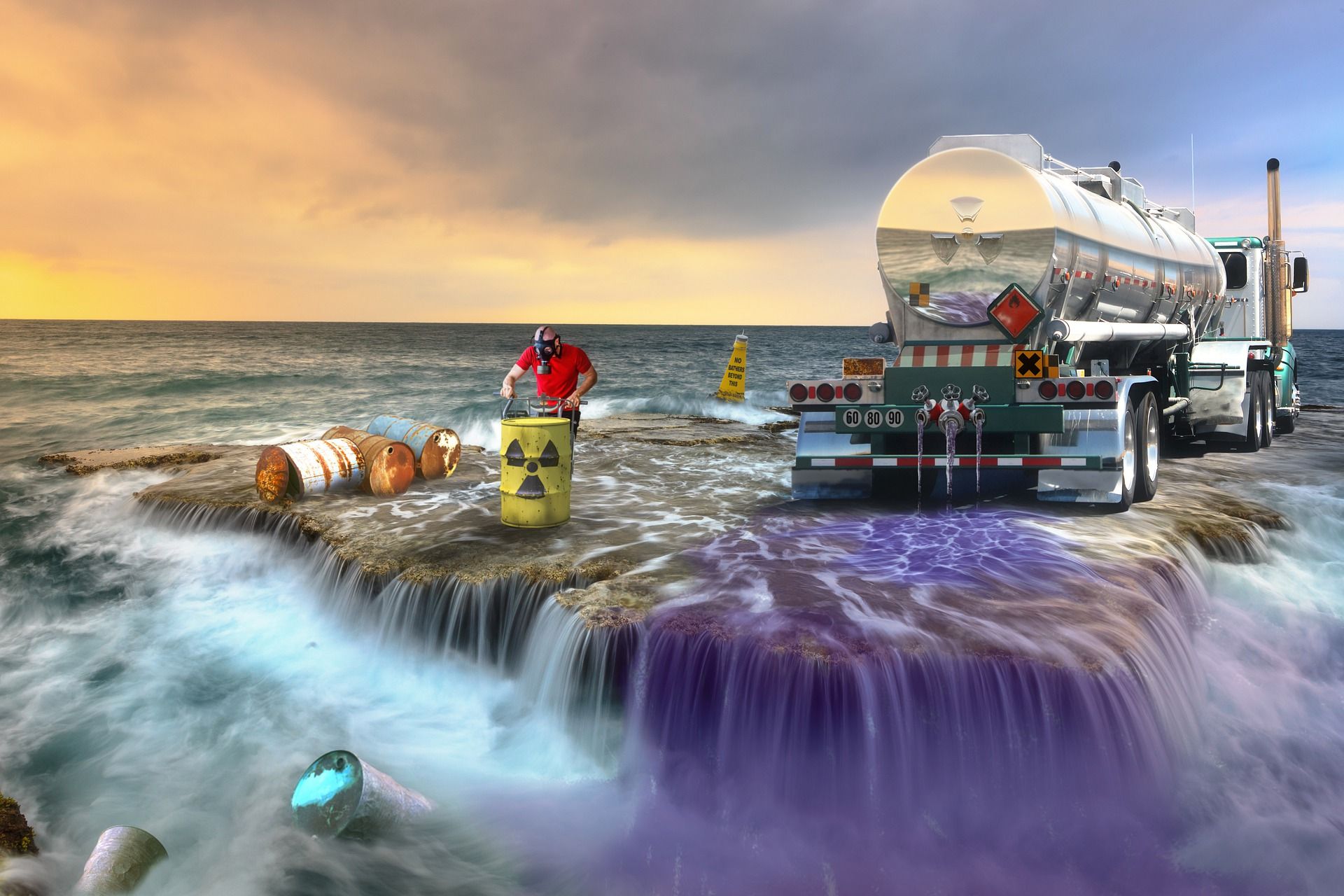As an HSP, you are probably familiar with Dr. Elaine Aron’s DOES acronym. Each letter stands for a trait that is common to all HSPs. D equals depth of processing, O stands for overstimulation, E equals emotional responsivity and empathy, and S stands for sensitivity to subtleties.

But there are other ancillary traits you may be more susceptible to as a highly sensitive person. These include chemical intolerances, sensitivities, and illnesses; certain smells, sounds or bright lights; even electromagnetic fields or radio frequencies. This list does not cover everything. Your body is unique even within the HSP spectrum.
If your sensitivities include environmental issues, you have an extra layer of sensitivity that makes you unique. As such, you are the biomonitor for substances that are toxic to humans. Here are a few examples:
MSG
I discovered this intolerance when I started my triggerless diet program in my attempt to reduce the number of migraines I had. I weeded out every food that was known (to me) at that time as a trigger and had begun to get a handle on the incessant migraines that I was experiencing. I was finally beginning to feel like I had some control over my health again. Then my family decided to go on an outing to the local Chinese restaurant we loved. I was careful to exclude mushrooms and other iffy foods. But the next day I had a monster of a migraine. When it finally subsided after about 36 hours, I felt fine for half a day. Then, it returned. It returned one more time to destroy my entire week.
The list I’d gathered did not include MSG because the author of the book I’d gotten the list from said that it may or may not be a trigger food. Indeed, the FDA had and continues to consider MSG “generally recognized as safe.”
In my case, I know MSG to be a trigger, and as such harmful to me. I also believe that many in the food production industry are aware of its adverse effects as there exists numerous pseudonyms for this substance that deceptively shy away from MSG or monosodium glutamate in their names.
Neurotoxins
Sodium tripolyphosphate (STTP) is a neurotoxin used to soak fish in preparation for selling to the public. It makes your seafood “firmer, smoother, and glossier.” This chemical bath has caused me to experience migraines. It has other harmful side effects.
Labelling of this chemical is not required in the United States. You may be able to reduce your ingestion by asking your grocer or restaurant waiter if the fish is “wet” or “dry.” Wet means that your seafood has been soaked in this chemical. Dry means it has not.
Household Cleaning Products
I don’t have to go through the hazards of certain chemicals. Most people understand their potential for toxicity. But if you try to keep a clean home, you are probably going to expose yourself to chemical interaction. The way to avoid that is to mix your own cleaning solutions. Here is a good list to get you started.
Your body may be sensitive to other possibilities. Be watchful and aware. Avoiding your points of contention is a must.
It’s important to remember, too, if we collectively or individually have an intolerance to a certain substance, then it is certain to be on the harmful scale to others. Even those who do not feel it. This is a sacred privilege. It is part of our job as the minority sensitive human beings to be aware of, identify, and warn the general population of hazards in our environment. If we are sensitive to it, it more than likely is also harmful to the rest of us. It may just be on a more silent or stealthy path.
Copyright 2021, Monica Nelson


